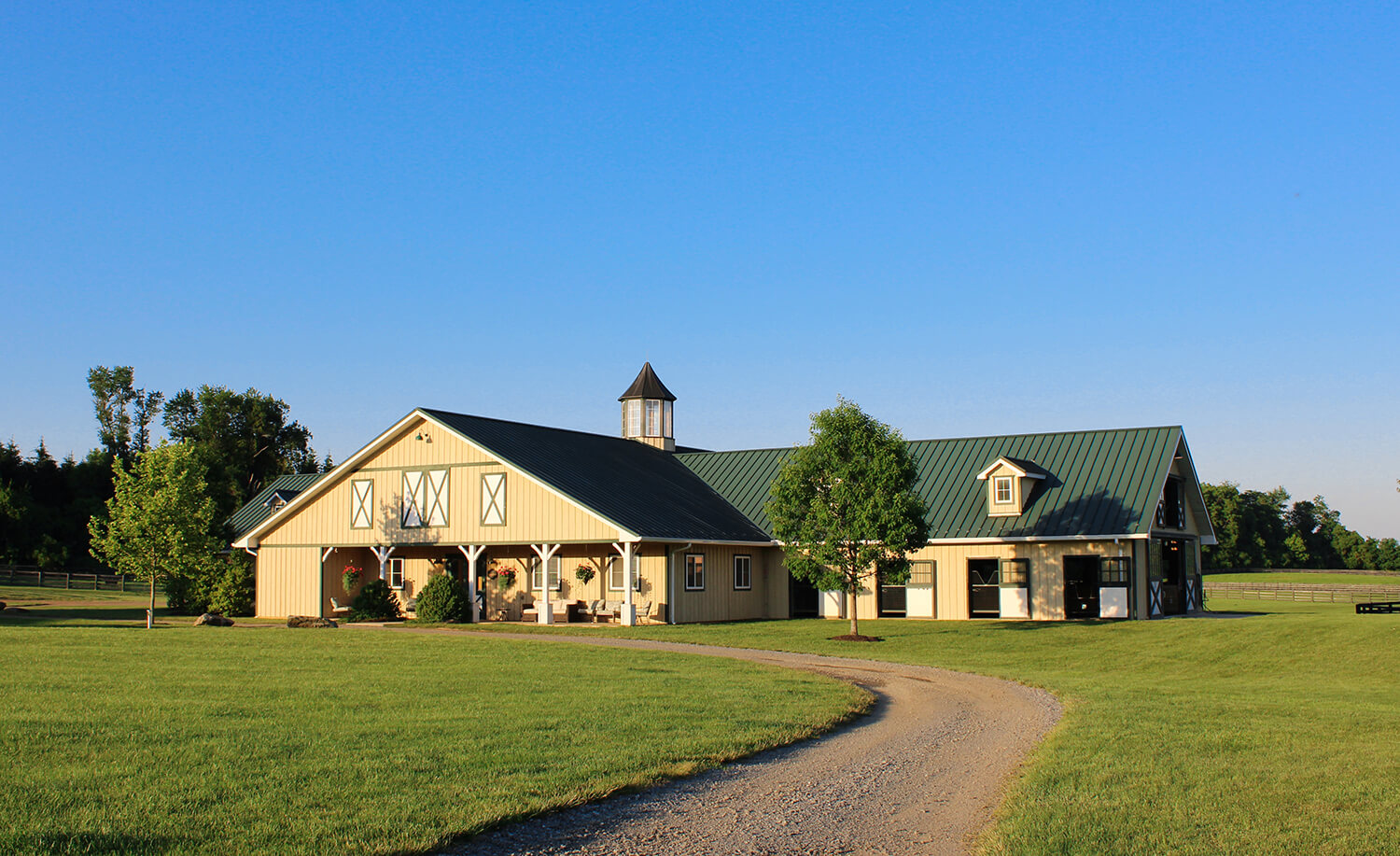It’s sometimes possible to just reignite the flame
The long, cold months of winter are demanding on all types of heaters. While boilers tend to be especially reliable, they are not immune to complications. It’s best to call for professional service at the first indication of a problem. Acting fast helps to prevent further destruction, more fancy repairs and potential updatement of the system. A official sign that there’s something wrong with a hydronic furnace is excess water surrounding the boiler tank or the linking pipe. Over time, boilers can accumulate ruse and components wear out. Aging seals, a faulty pressure valve, loose fittings or corroded pipes can lead to leaking or dripping. Another warning sign is odd operational noises. When the boiler sounds a lot like a pop kettle reaching a boil, it’s called “kettling.” Rumbling sounds are also cause for concern. They correctly mean that the heat exchanger has developed a deposit build-up! Kettling is usually the result of hard water but can happen to any boiler at any time. Deposit accumulation on the heat exchanger forces the boiler to work harder, which shortens its lifespan and results in higher running costs. In especially cold areas, condensing boilers can have difficulties due to the condensate pipe cold. The water freezes and creates a blockage. This issue is easily solved by applying sizzling water to the pipe. Older boilers often experience complications with the pilot light. This yellow flame, located underneath the unit, is necessary to operate. When the pilot light shuts off, it is really the thermocouple. It’s sometimes possible to just reignite the flame. However, the boiler might not be receiving any gas.
